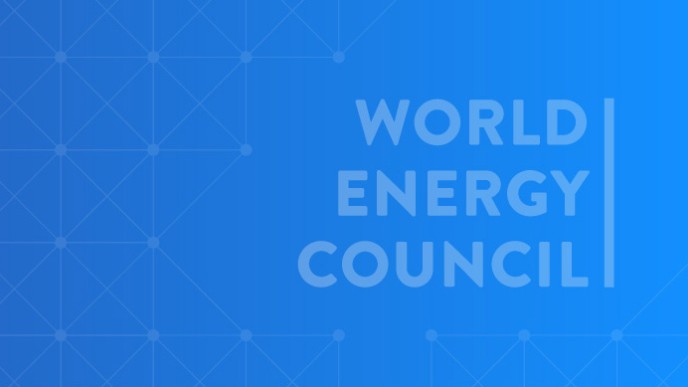The Japan Energy Association (JEA), the World Energy Council’s Japanese member committee, presented the highlight of the 24th World Energy Congress to its members at a special gathering in Tokyo in October 2019. Seven speakers presented the Congress updates as well as the latest industry trends to around 70 delegates from Japan’s energy sector.
Shigeru Muraki, Advisor of Tokyo Gas, the Council’s Vice Chair of Asia Pacific & South Asia, presented on the government-sponsored project “Hydrogen Energy Carriers”: an emerging project aimed at producing green H2 in renewable rich countries, transporting it in a form of liquefied ammonia and directly using at thermal power plants.
On behalf of Takayuki Ueda, President and CEO of INPEX, Carlo Niederberger discussed the importance of LNG as a major energy source for Japan, and the role of natural gas and LNG as continued primary baseload energy sources contributing to a low carbon society over the long-term. He also discussed the regulatory frameworks needed to support the planning and execution of capital-intensive LNG projects.
Atsushi Terada, on behalf of Hendric Gordenker, Senior Corporate Vice President of JERA, one of the world biggest LNG buyers, presented on the international gas market, destination restrictions and the impact on buyers as they work to optimize their procurement strategies.
In a presentation of increased relevance following the 2019 super typhoons that twice hit Japan, causing fatal floods and wide area blackouts, Takamune Suzuki presented (on behalf of Sophie Voiren, Managing Director of Weathernews France SAS) on the need for “Operational Weather Risk Management” combined with insurance as a solution for dynamic resilience against extreme weather risks, adding that weather scientists are making efforts to improve the accuracy of weather data, which is essential for power system operators.
Kazutomo Irie, President of Asia Pacific Energy Research Center reported an outline of the latest “APEC Energy Demand and Supply Outlook” toward 2050. This triennial report includes two scenarios; “Business AS Usual (BAU) “and “2 Degrees Celsius (2DC)”. The 2DC scenario expects that the final energy consumption and supply in 2050 will be less than now; renewable and nuclear will be dominant in electricity supply; and CCS should be commercialized by 2030. He added that the 2DC scenario could be technically feasible, but its economical validity should be studied further.
Masashi Nagasawa, Managing Executive Officer of Tokyo Electric Power Company Holdings, talked about strategic partnership with other renewable energy corporations, CSR activities and a future business portfolio including “JERA” and “Renewable Power Company”.
Kenji Yamaji, Director General of RITE, discussed innovation in grids. He inclusively presented the history of electricity market deregulation in Japan, the recent status of renewable penetration after implementation of the FIT, new market design now under way including capacity/balancing markets, and his expectation of cutting transaction costs by demand side management using smart meters and blockchain.
Lastly, Ryuji Matsuhashi, Professor, Graduate School at The University of Tokyo, summarized the 4-day Congress. He pointed out the big changes in global energy trends between the 2010 Montreal Congress and the 2019 Abu Dhabi Congress including the declining position of coal, improving trilemma index worldwide and emerging innovative technologies such as hydrogen and blockchain.
Teruaki Masumoto, Chair of the World Energy Council's Japanese MC, who hosted this gathering, concluded with his remark on the takeaways from the successful Congress, highlighting “Electrification” and “Decarbonization” as new energy trends.





